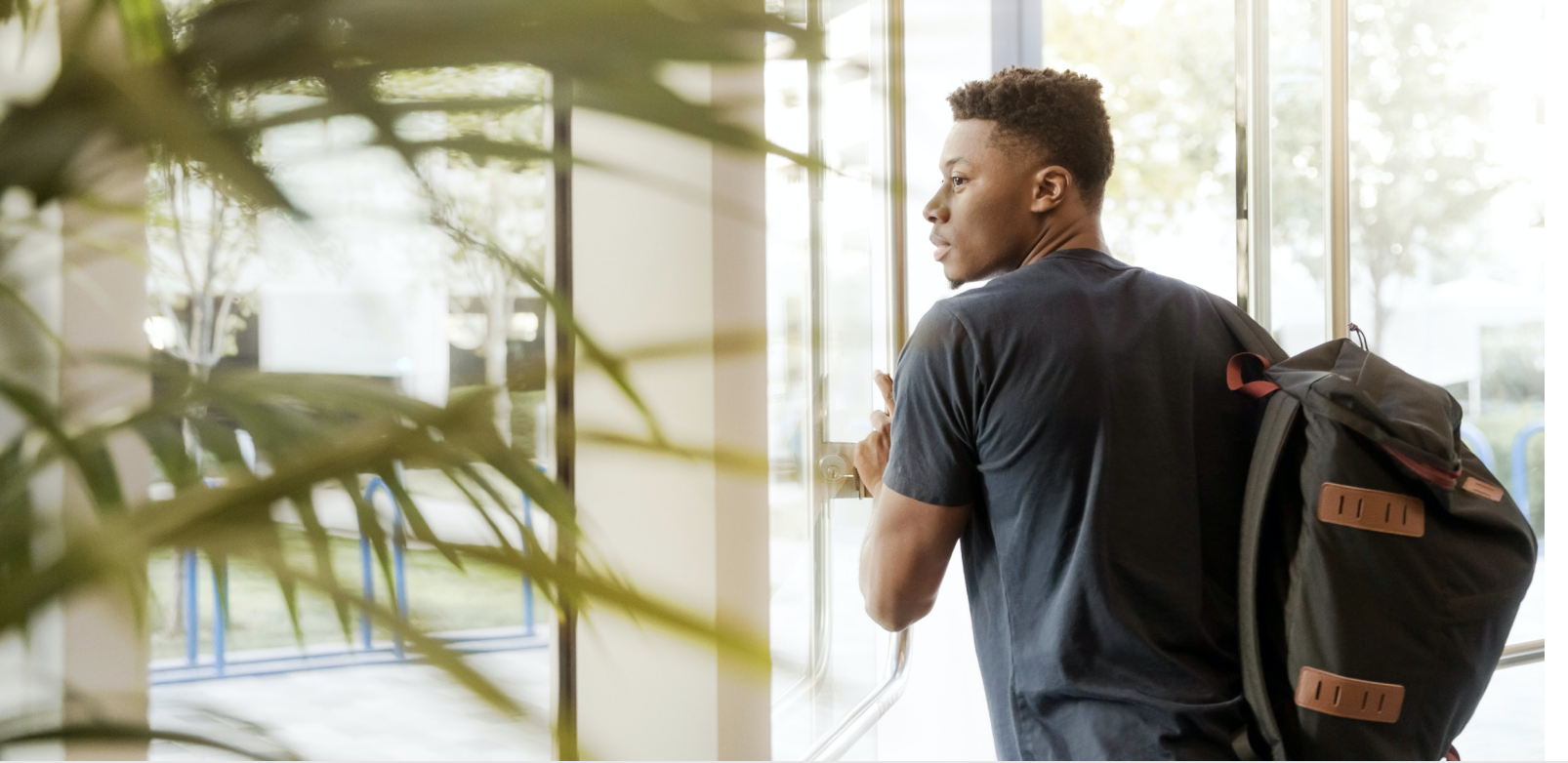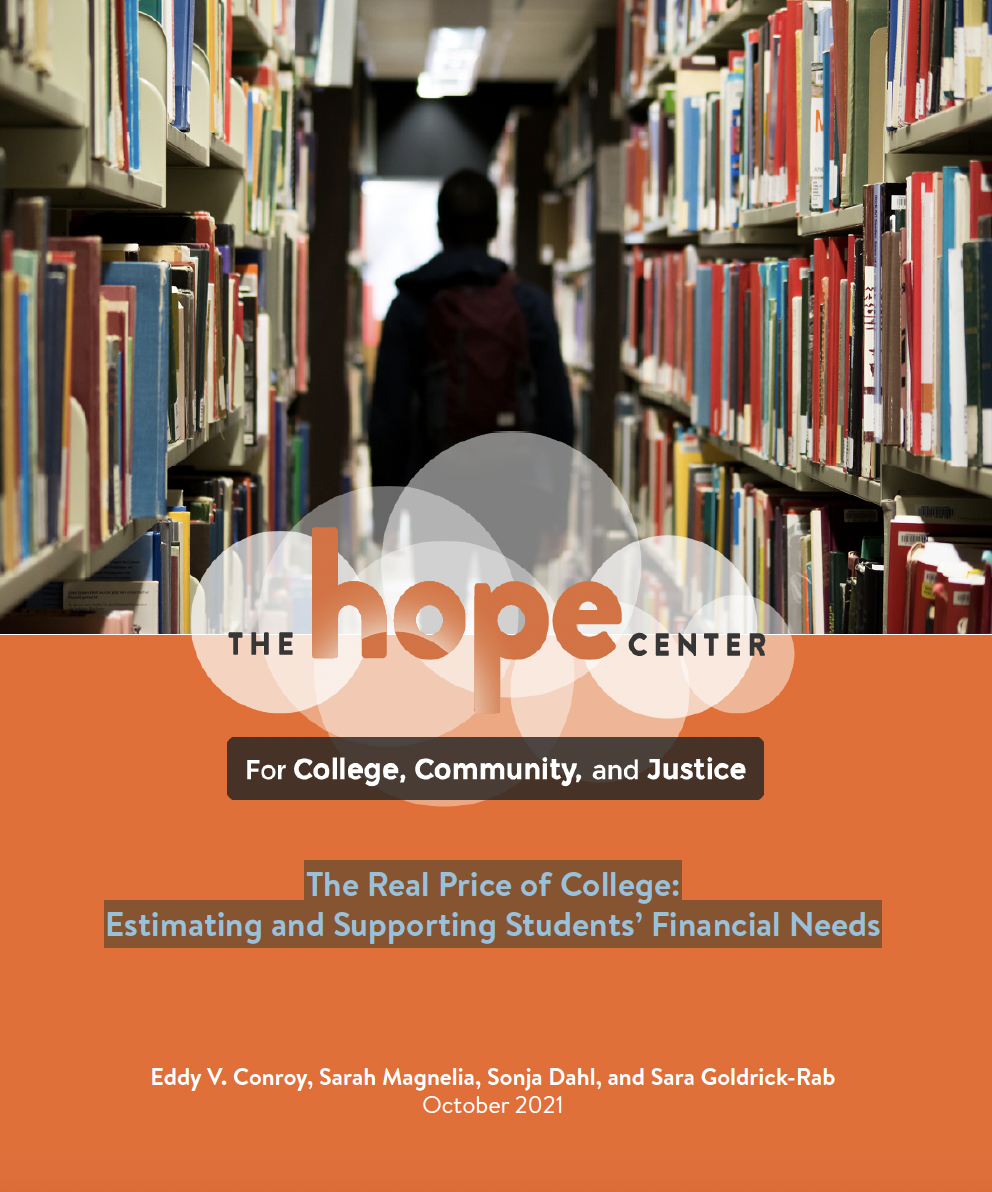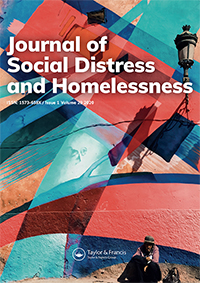Campus Food Pantries: Insights from a National Survey (2018)
• This is the first-ever national survey of campus food pantries,
with 262 participating institutions, 217 of which currently
operate pantries.
• Most campus pantries have a designated space on campus,
serve exclusively the on-campus community, and are run by
staff, students, and faculty.
• Very few campus pantries have sizable budgets, but most
employ some paid staff, often undergraduate or graduate
students, and volunteers provide additional support.
• Awareness of campus pantries may be limited because
common outreach strategies are informal, but barriers to
support are low—just 5% of campus pantries require proof
of financial need.
• The most common challenges faced by camp




